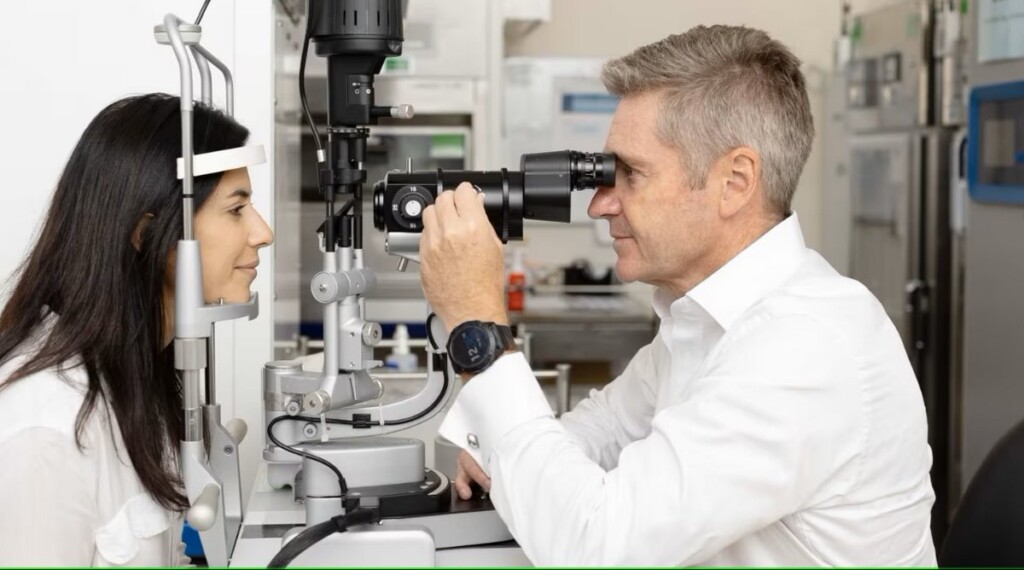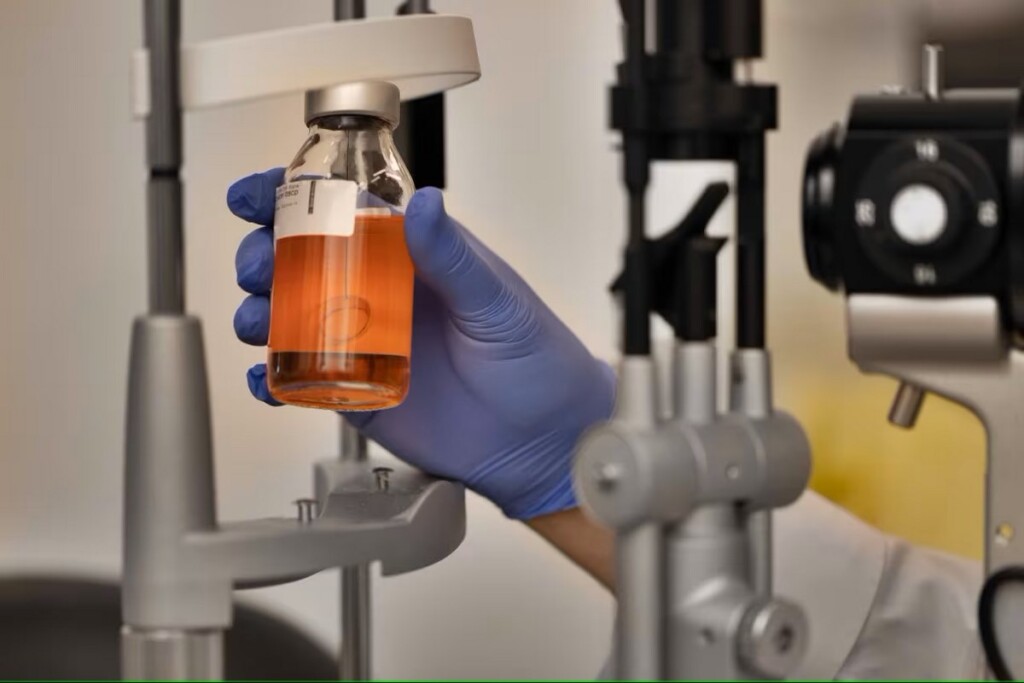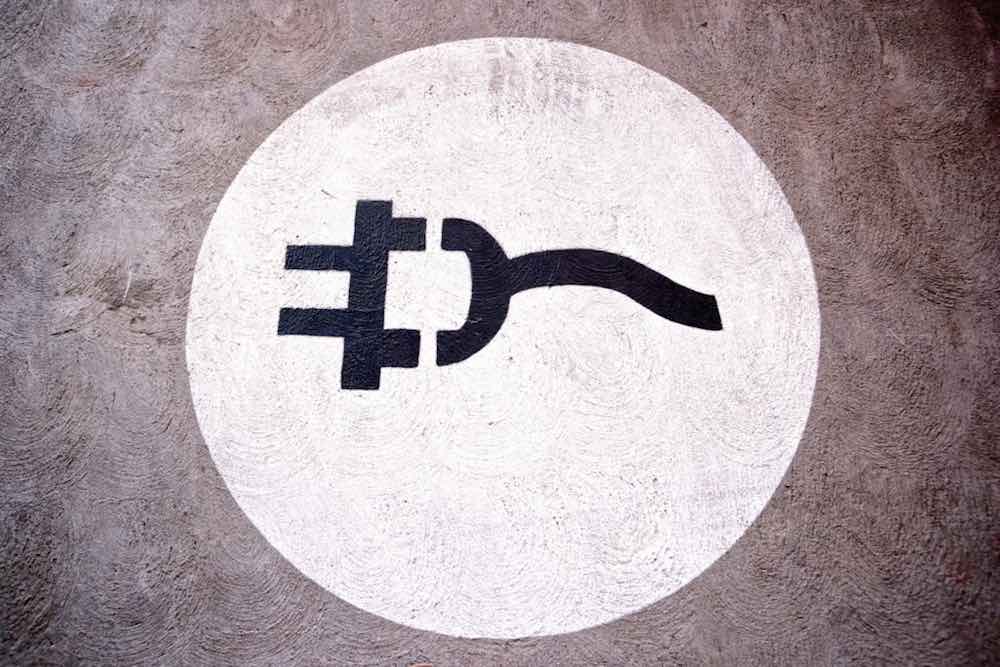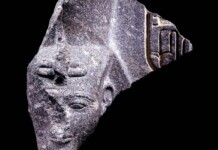
In an interview with the Brisbane Times, an Australian ophthalmologist and biotech entrepreneur lays out his vision for a world in which curing blindness in millions of people worldwide is easy and can be done with a bit of cell replication and a 3D printer.
Professor Gerard Sutton is co-founder of Bienco, which he claims now possesses a product—both physical and intellectual—that will soon be able to mass-produce natural corneas for transplantation into the blind.
Cornea transplantation is the most common way of restoring lost sight, but it’s a very technical procedure that relies on donors. The thin see-through “windscreen” of the eyeball, damage or disease to the cornea is a major cause of non-hereditary blindness worldwide.
In the interview, Sutton’s voice shrinks as he recalls a trip he took to Myanmar in 2004 when he was hoping to help the situation of blindness from the previous civil war by training surgeons to perform cornea transplants. On ice, he said, he had brought along four donated corneas from the NSW Eye Bank.
On his arrival at the clinic set to host him, 1,000 people were waiting, thanks to a small article in a local paper. Out of a thousand blind men and women, he had to select four who would be the most suitable for transplant: he picked young people.
This was a transformational experience, and when paired with a follow-up trip to Cambodia where a similar situation occurred, Professor Sutton realized he needed to do something more: something “out of left field” that would allow him to send as many corneas to these parts of the world as was needed.
“At present, there is only one donor cornea available globally to treat every 70 people requiring a corneal transplant,” said Professor Damien Harkin who is a part of Bienco’s staff based at the Queensland University of Technology. “Through laboratory cultivation we estimate that a single donor cornea could provide treatment for 30 people.”

Bienco’s artificial corneas are based on collagen, the proteins that make hair, skin, nails, and connective tissue. This tends to create opaque tissue, like our skin, and so the first challenge was to make collagen see-through.
RESTORING EYESIGHT: Scientists Regrow Retina Cells to Tackle Leading Cause of Blindness Using Nanotechnology
Once this was done, Sutton and the other members of Bienco like Harkin had to figure out how to apply the many layers of collagen to make a cornea structure that could be transplantable.
MORE BIOENGINEERING: A Single Injection Reverses Blindness in Patient with Rare Genetic Disorder – Another RNA Success
In 2021, Sutton managed to convince the Medical Research Future Fund set up by the treasurer of Australia to back Bienco to the tune of AUD$35 million.
Armed with this unprecedented injection of cash, Sutton believes they are “three to four years” from achieving their goals and making Australia the center of bioengineering on Earth.
SHARE This Visionary Biotech Breakthrough On Social Media…




















